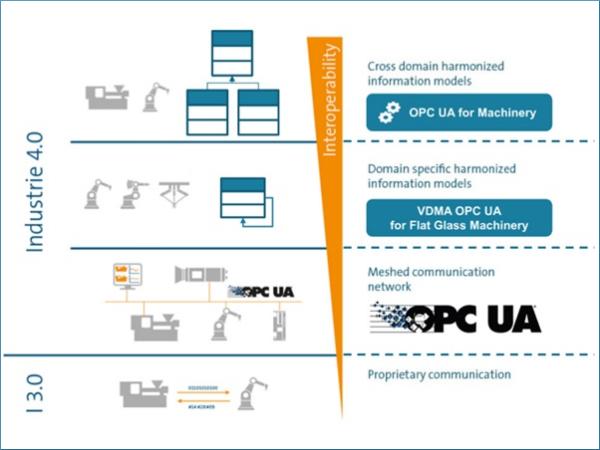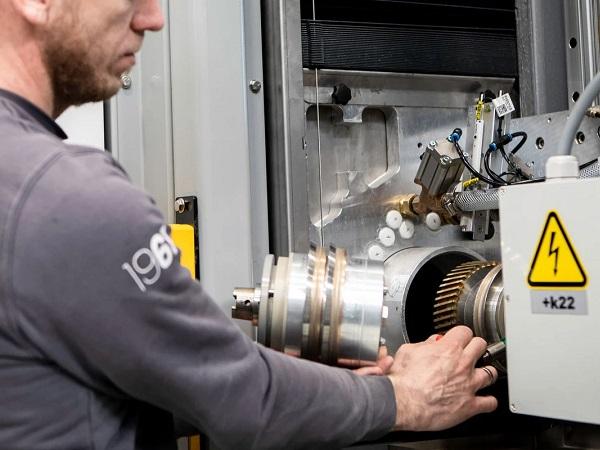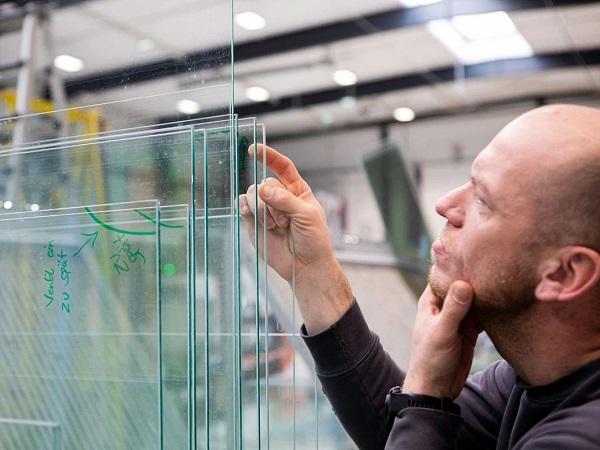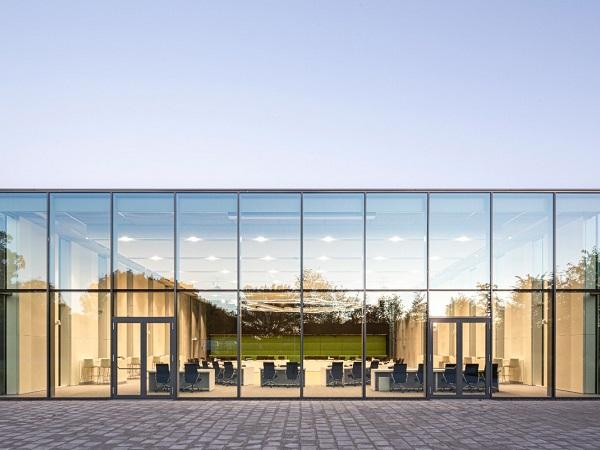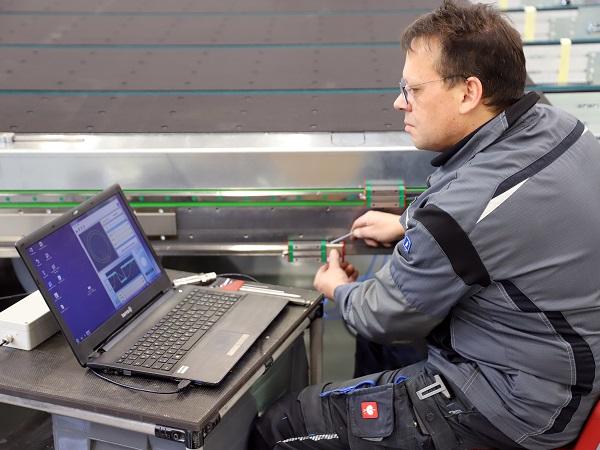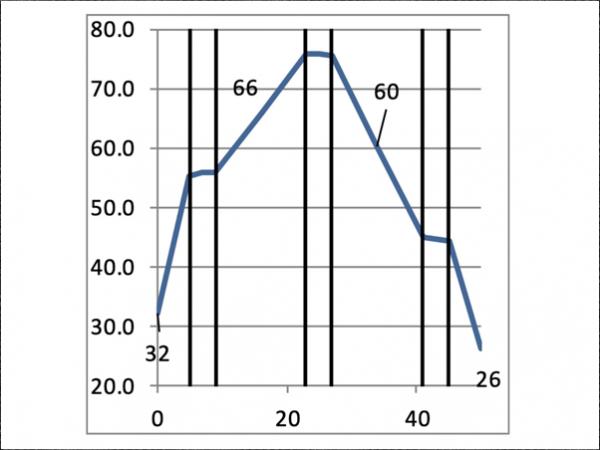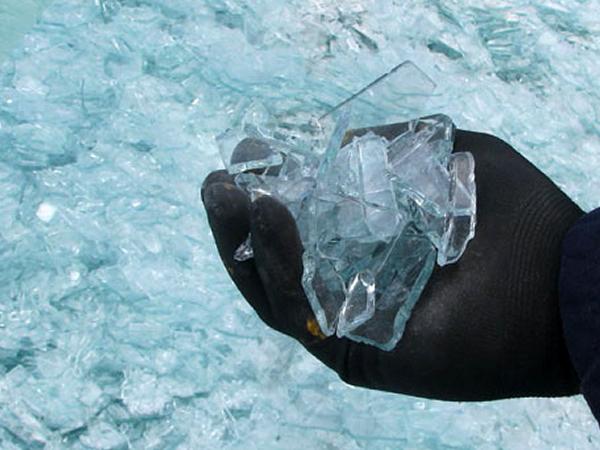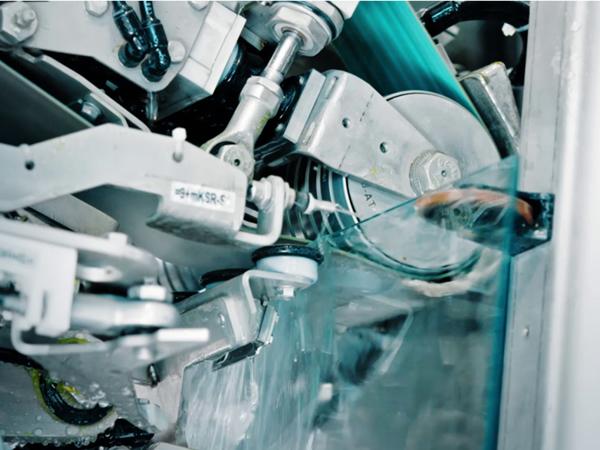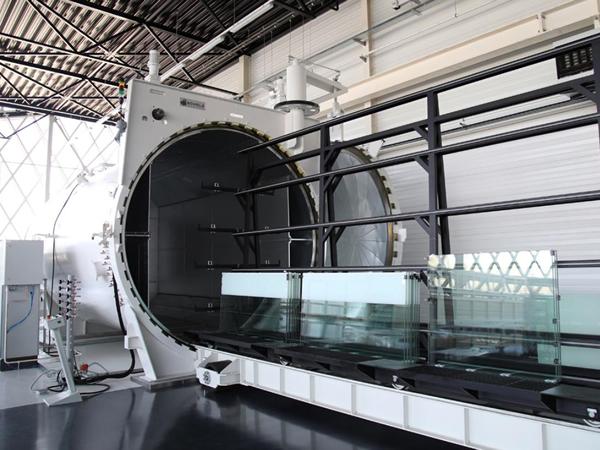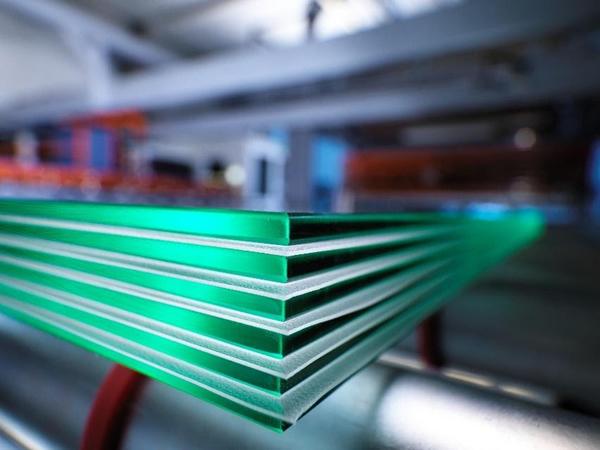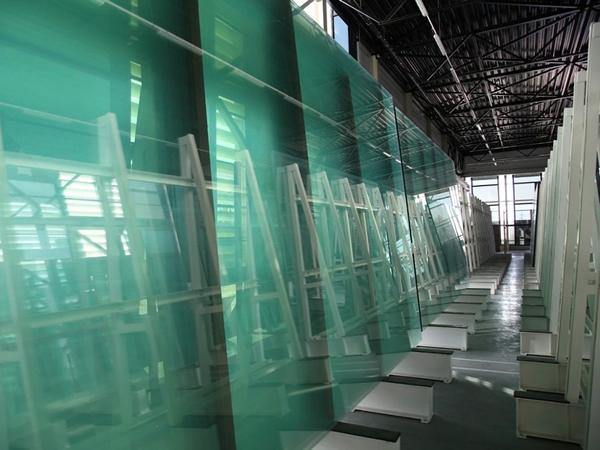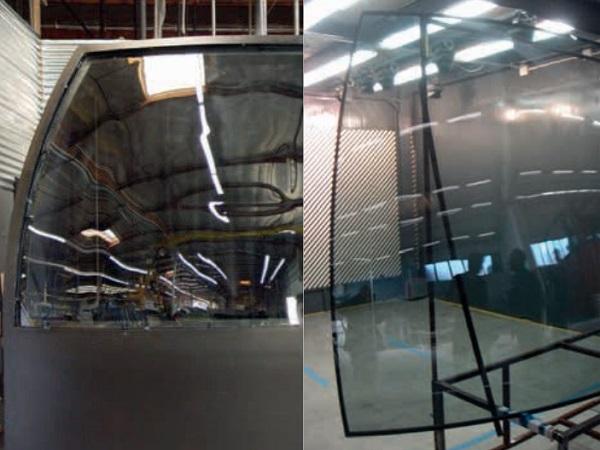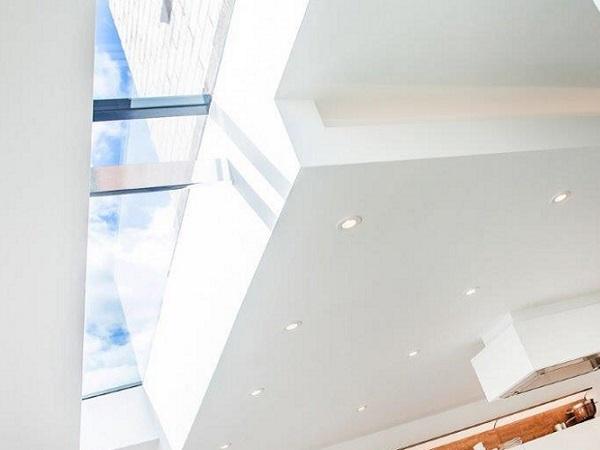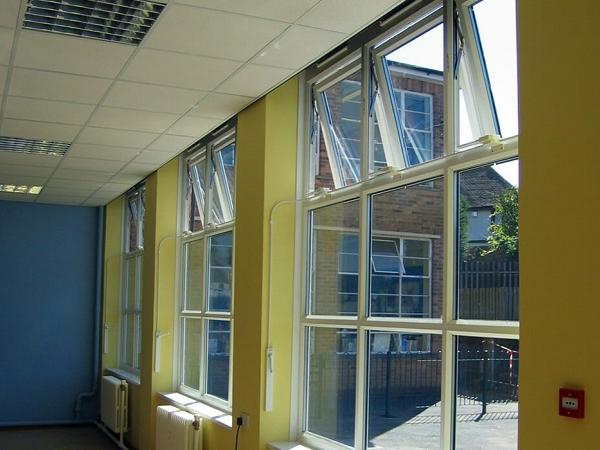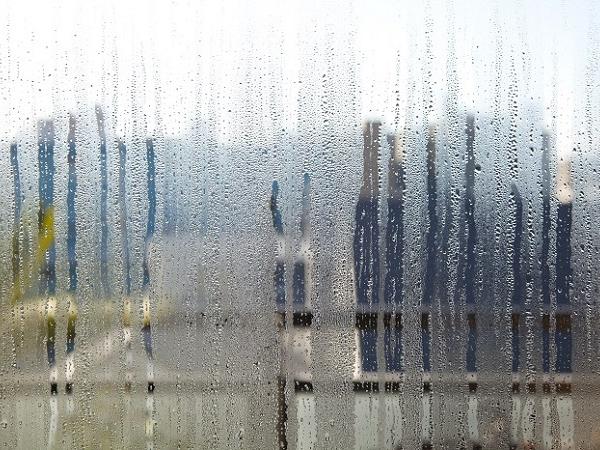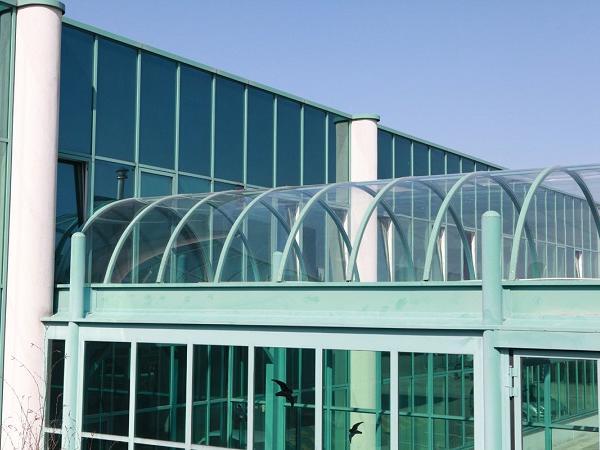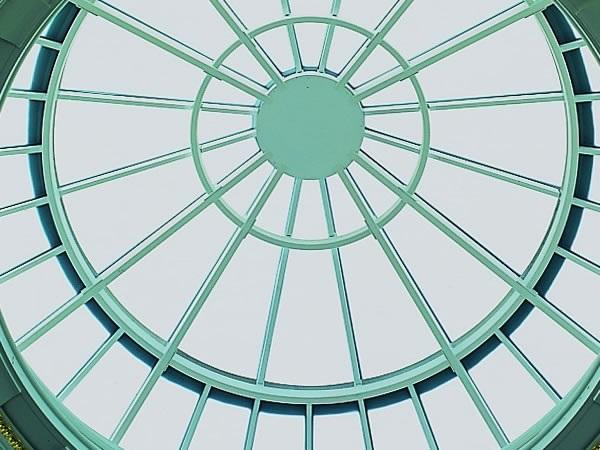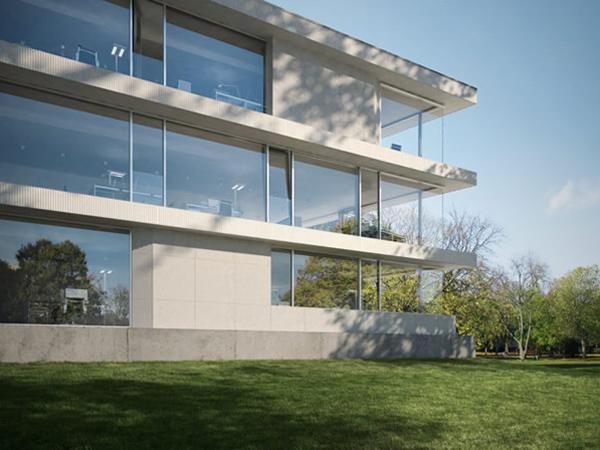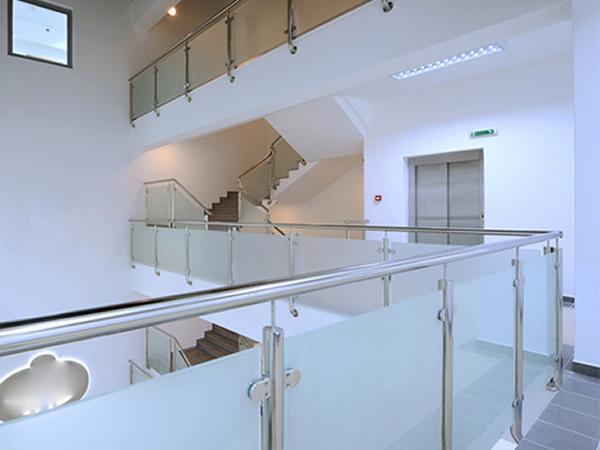Others also read
| Digitalization of machines requires standardized language for machine communication – and OPC UA is the perfect choice.
| After seaming, grinding glass edges is another important work step in glass edge processing. The process is primarily used to remove overbreaks and underbreaks at the edges and to process the glass sheets to size.
| In glass edge processing, cutting the glass sheet is directly followed by the seaming process. Fully unprocessed glass edges exhibit overbreaks and underbreaks, conchoidal fractures, as well as micro-cracks along the broken edge.
| In glass edge processing, the requirements for the finished components can vary greatly depending on the location and purpose.
| Interview with Émilie Develle, technical advisor, Guardian Glass Europe.
| When people talk about the future of production, they can't do so without using the term "smart factory." But what is it? How does a smart factory work? And what does it have to do with OPC UA?
| In the European Union, Member States are allowed to set minimum performance requirements to construction products available on their market.
| The Swiss society of engineers and architects (SIA) initiated a structural glass standard committee with the task to develop a Swiss glass design standard.
| Sustainability and the circular economy are increasingly influencing work and production processes in glass manufacturing, too.
| What is your vision of the future? What role will glass play in your vision?
| The new LiSEC glass edge deletion machines are equipped with improved sensor technology. This measures with greater precision and therefore guarantees constantly high finishing quality of the glass edges.
| This paper was first presented at GPD 2019 by Dr. W.M. Stevels from Eastman Chemical Company.
| Over the past few years London has enjoyed a building boom seeing a large number of developments particularly in the residential and commercial office sectors.
| Safety standards are constantly rising in all possible areas in which glass is used or installed – which is the reason why lamination is also becoming increasingly important in the glass industry.
| During times when the number of suppliers in all industries is steadily increasing and the market is becoming more and more transparent at the same time, the importance of cost-effective production for higher profit margins increases tremendously.
| It is well known that laminated safety glass (LSG) is a material that is specifically processed because of its composition.
| Arup are consulting engineers for a series of recent projects involving curved glass: The High Roller observation wheel in Las Vegas and a revolving feature lift for the new Louis Vuitton townhouse in London.
| A modular system allows you to create a larger design by joining glass panels together in a line.
| All offices must be well ventilated. To meet increasingly stringent Health and Safety regulations, a continuous supply of fresh air is necessary.
| Condensation is regarded as a problem associated with old and new windows. Commonly seen on the inside pane of glazing, new high performance sealed units and windows have resulted in condensation sometimes forming on the outside pane.
Glass off the roll - Thin glass is revolutionising the performance spectrum of glass and glass panes
| Thin glass – as thin as a razor blade or a human hair – is a reliable method to protect smartphone touchscreens, sensitive filters and sensors.
| With the myriad of glass type available now, it is often confusing what to choose in terms of safety, thermal and solar performance and balancing cost with the benefits on offer.
| Structural glass can be used as a fantastic alternative to a traditional façade system.
| When it comes to safety glass, there are generally two options that architects and designers of today will tend specify: toughened glass and laminated glass.
| What relevance do British Standards have on the specification of partitions?

